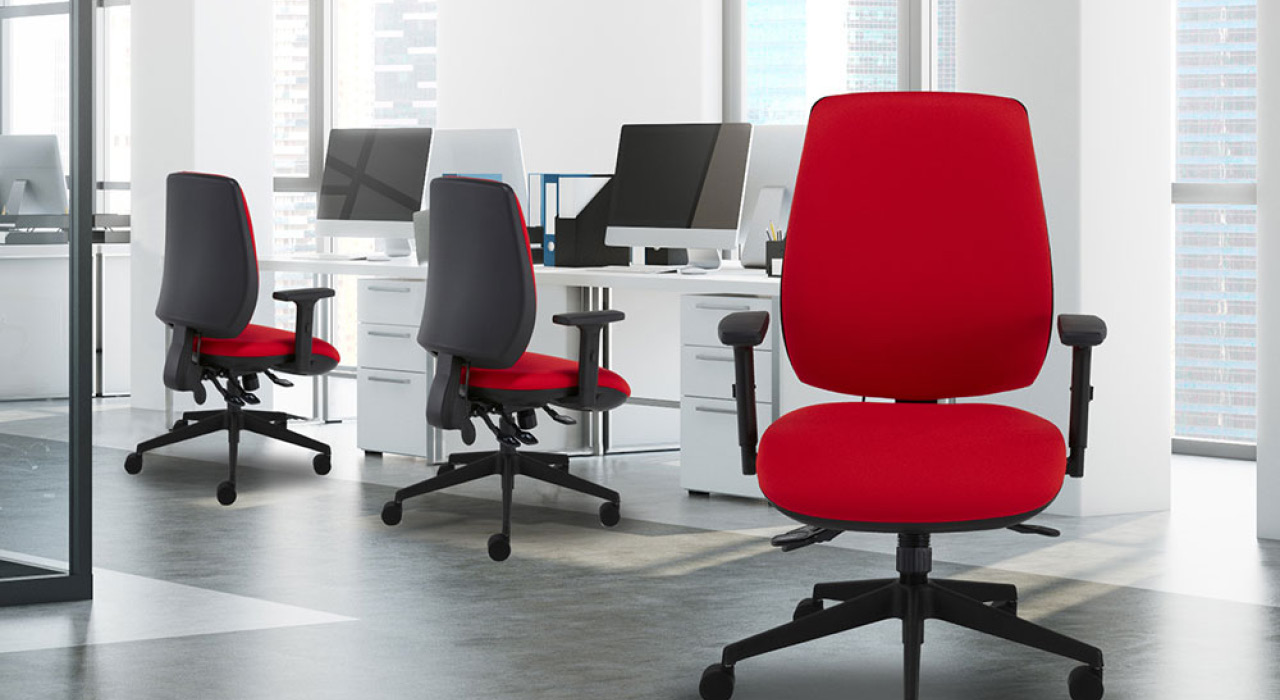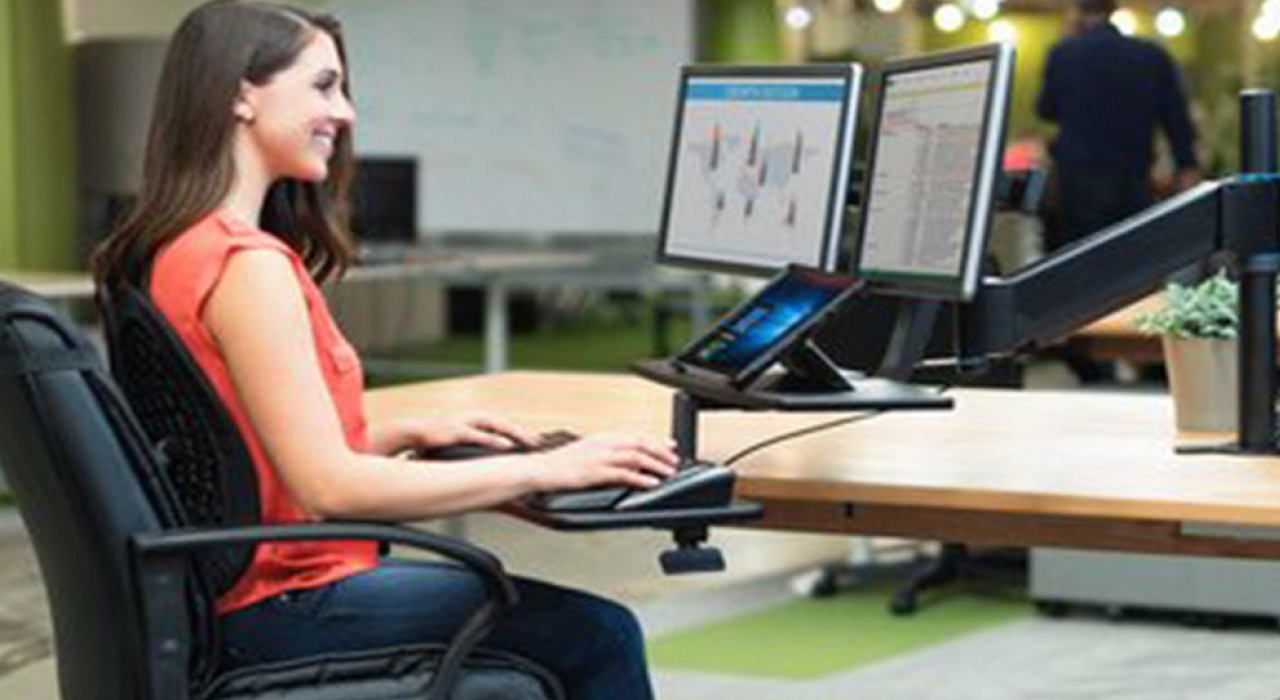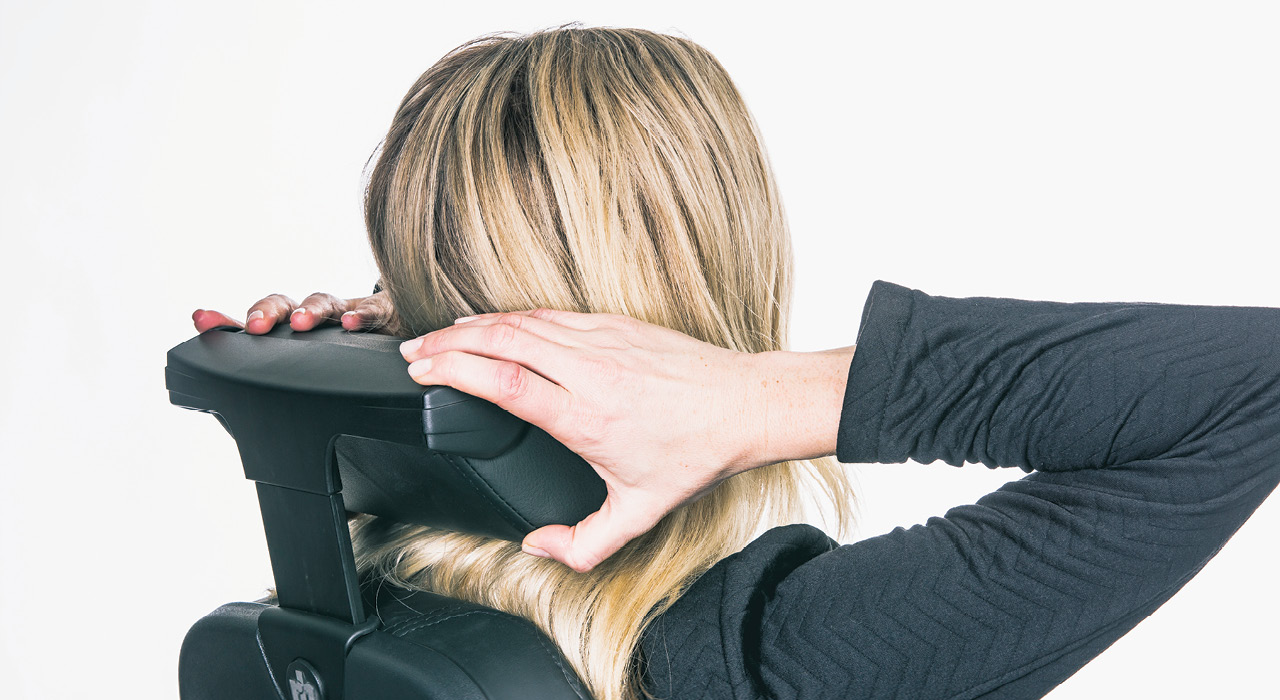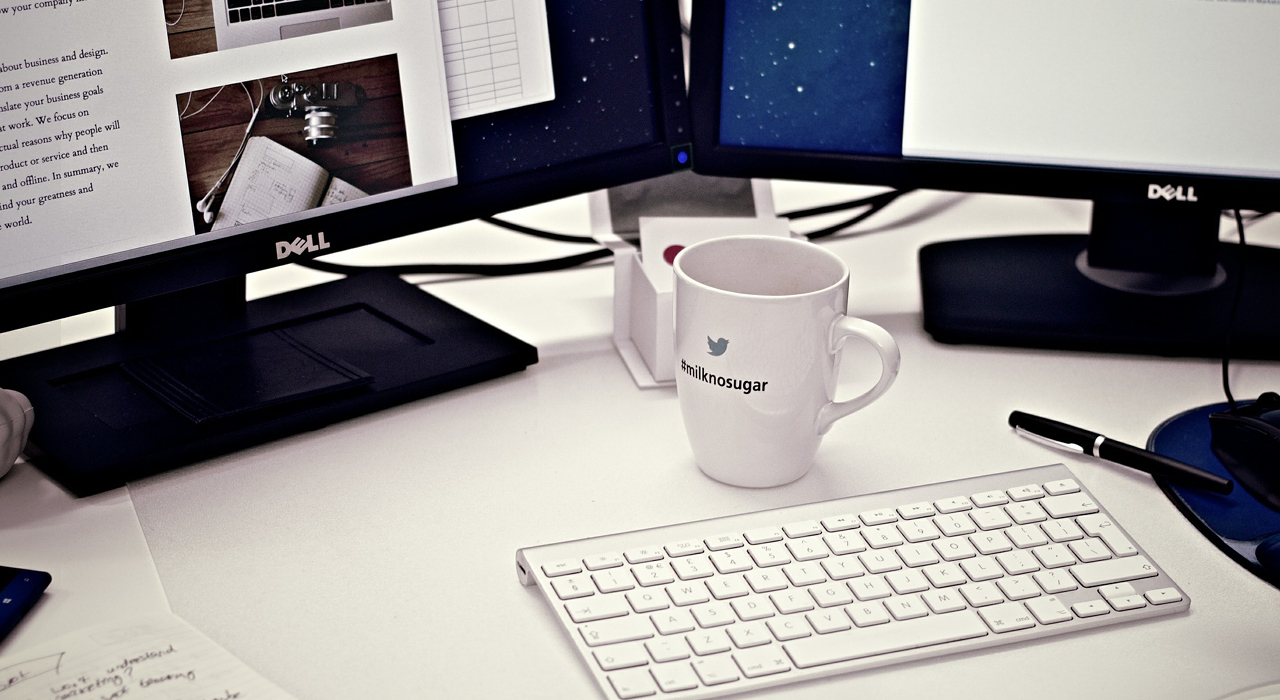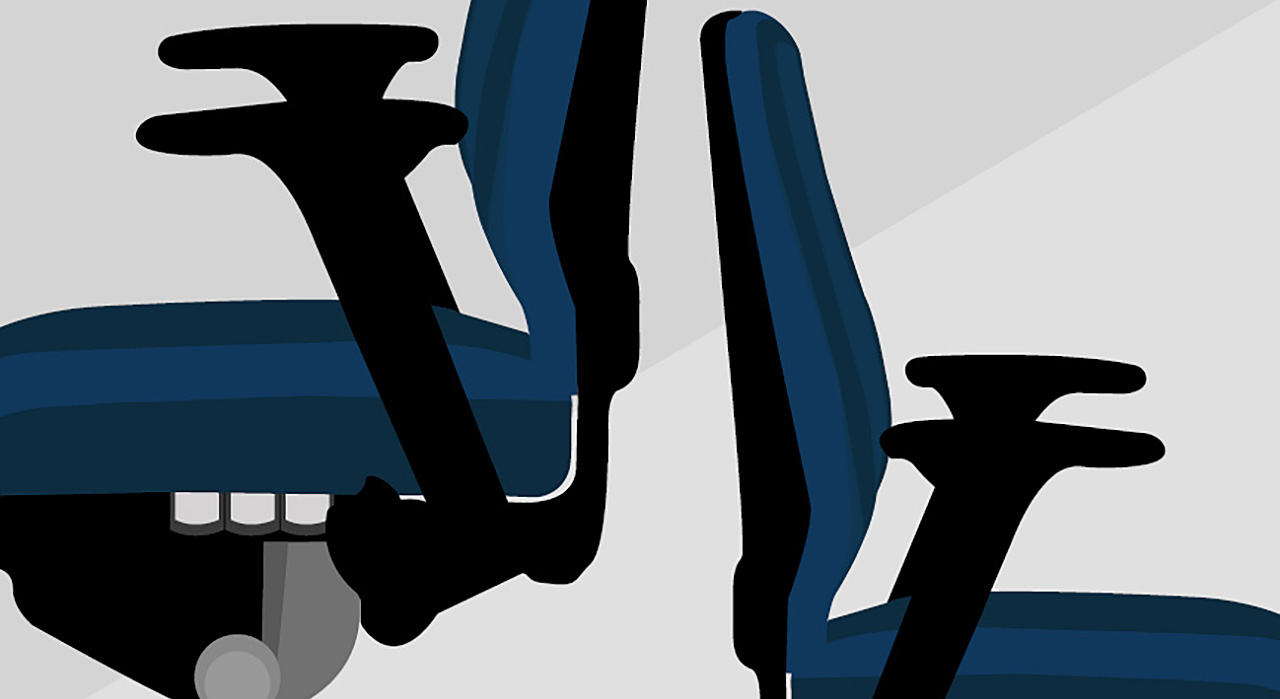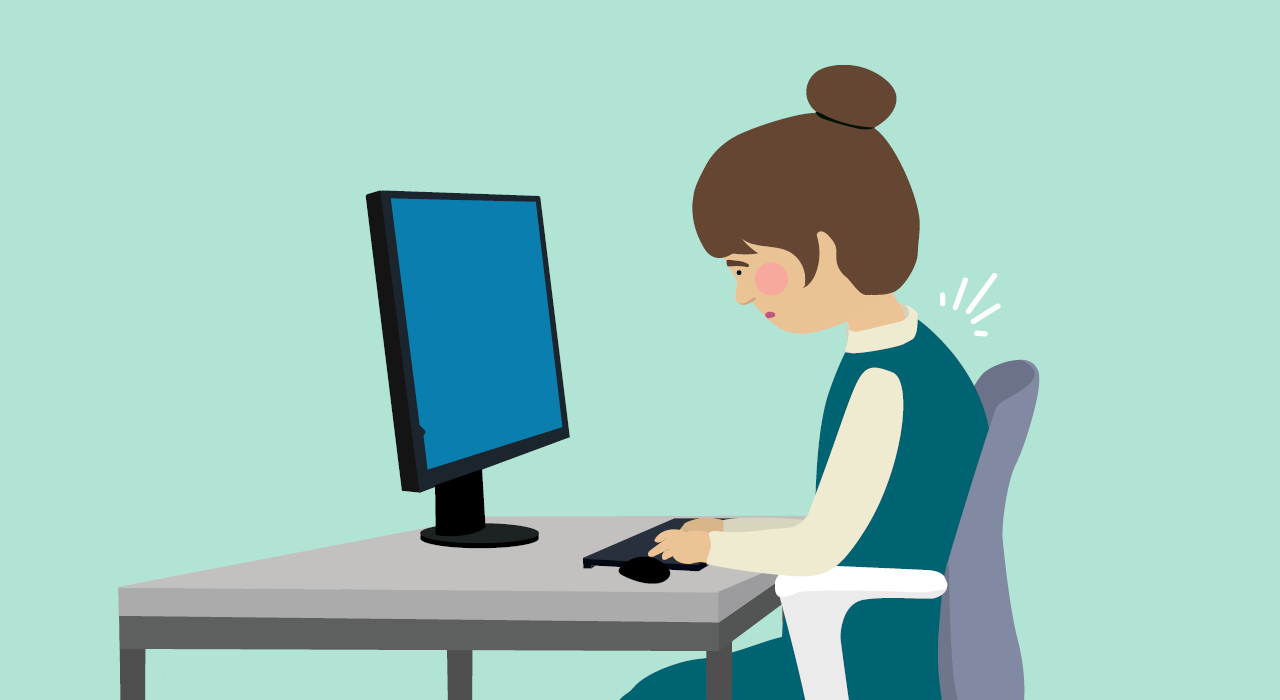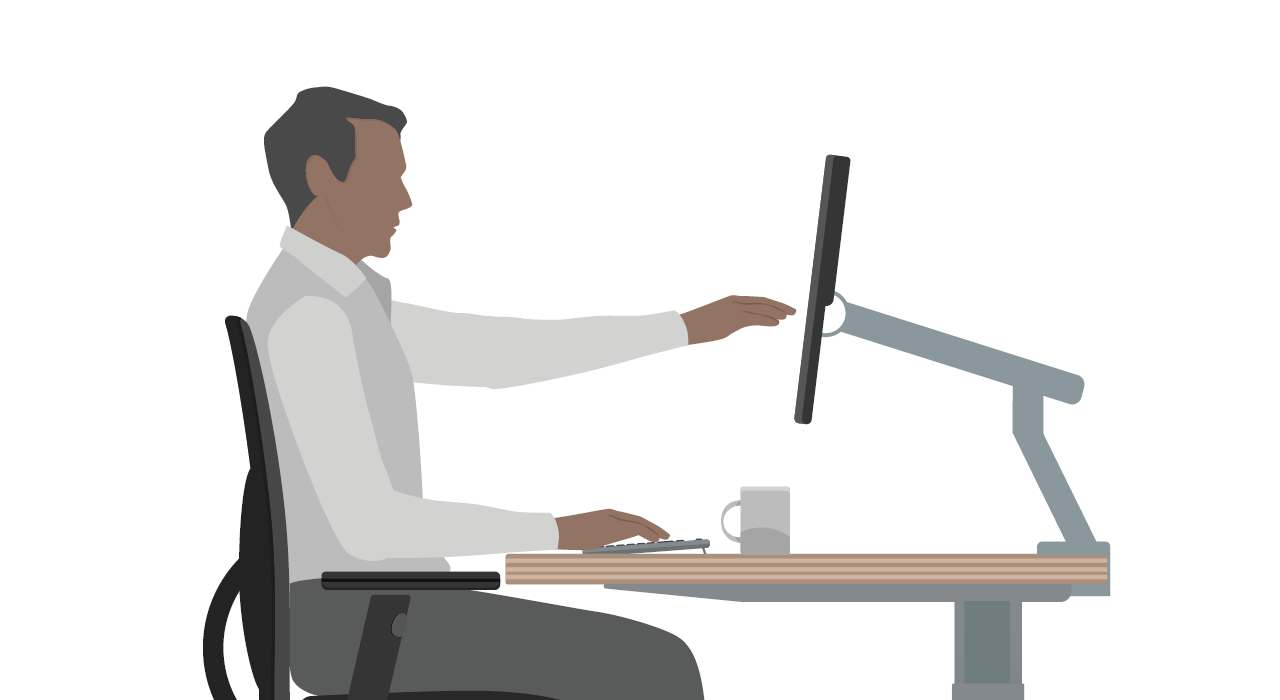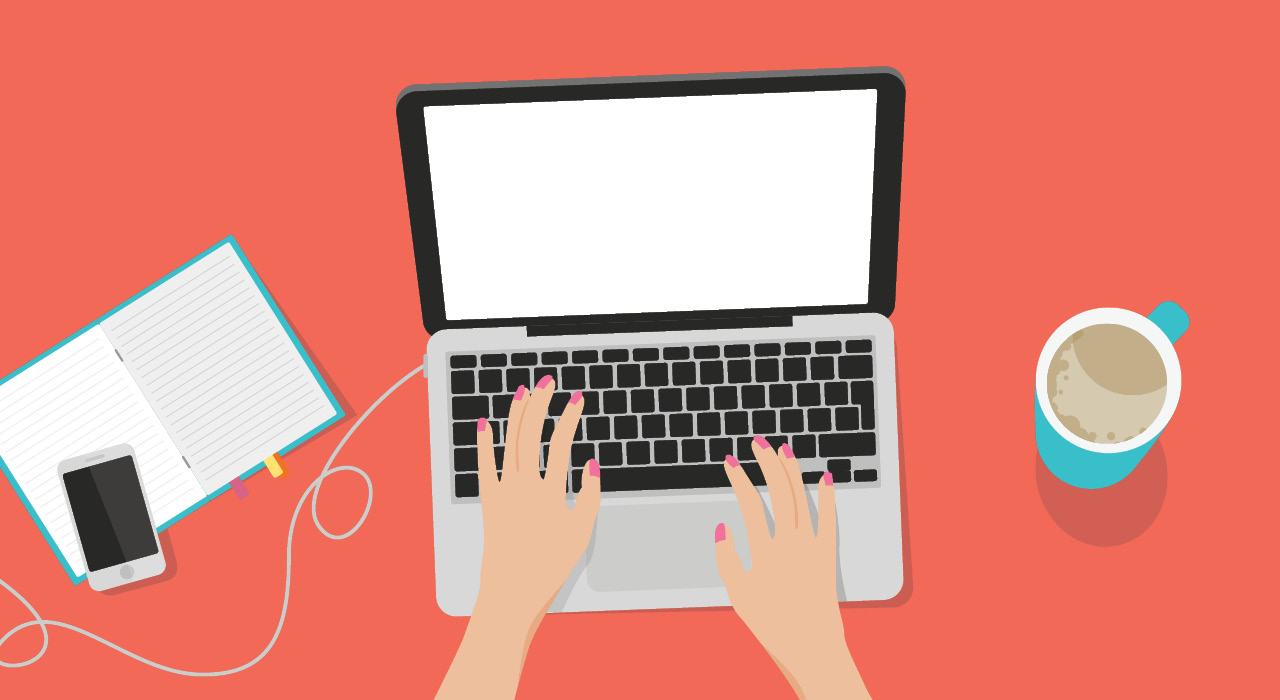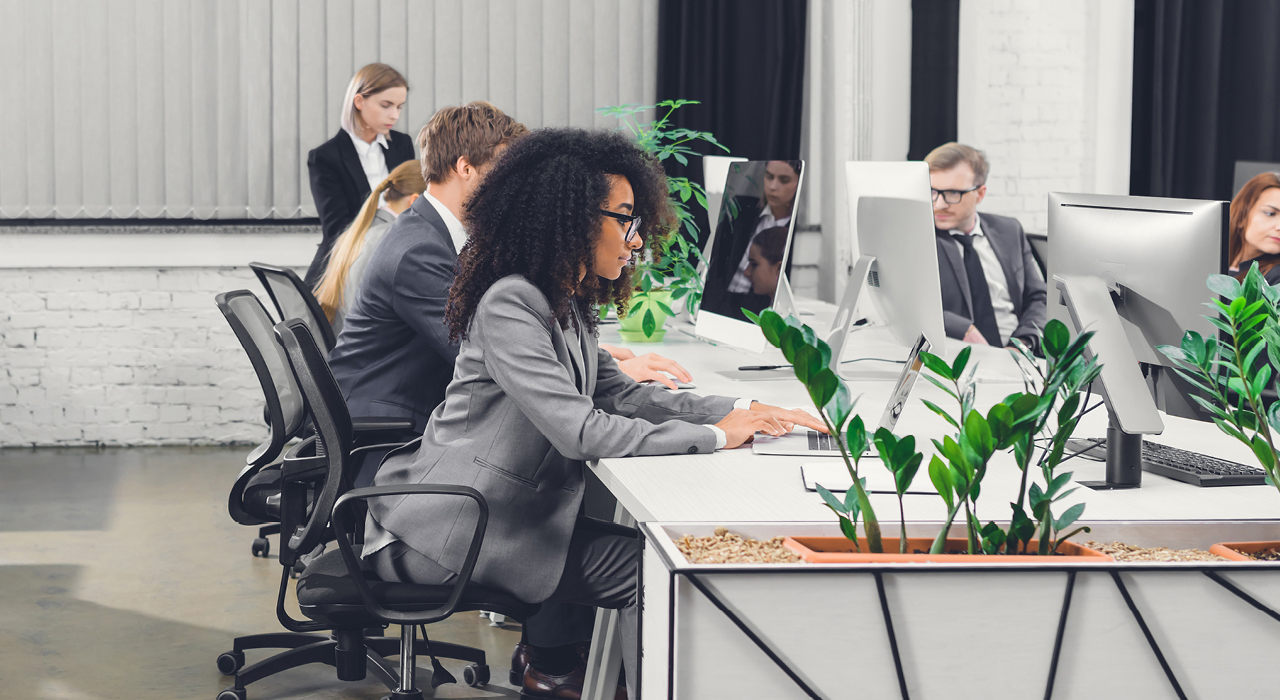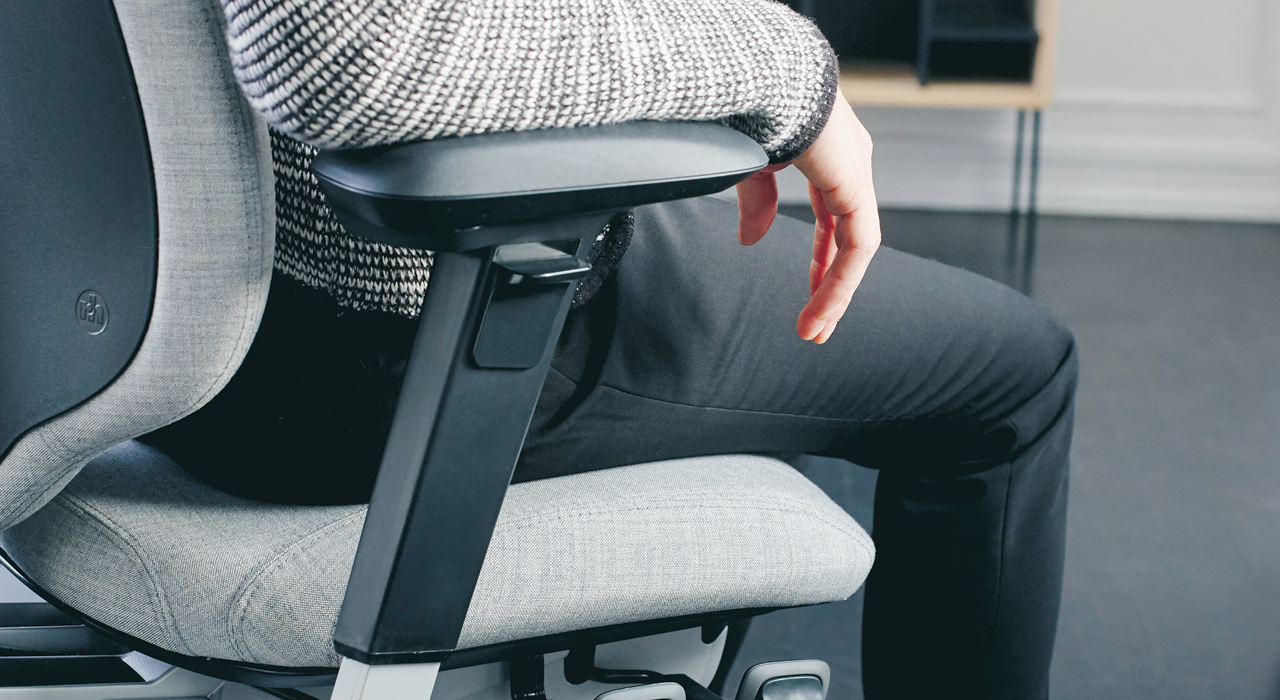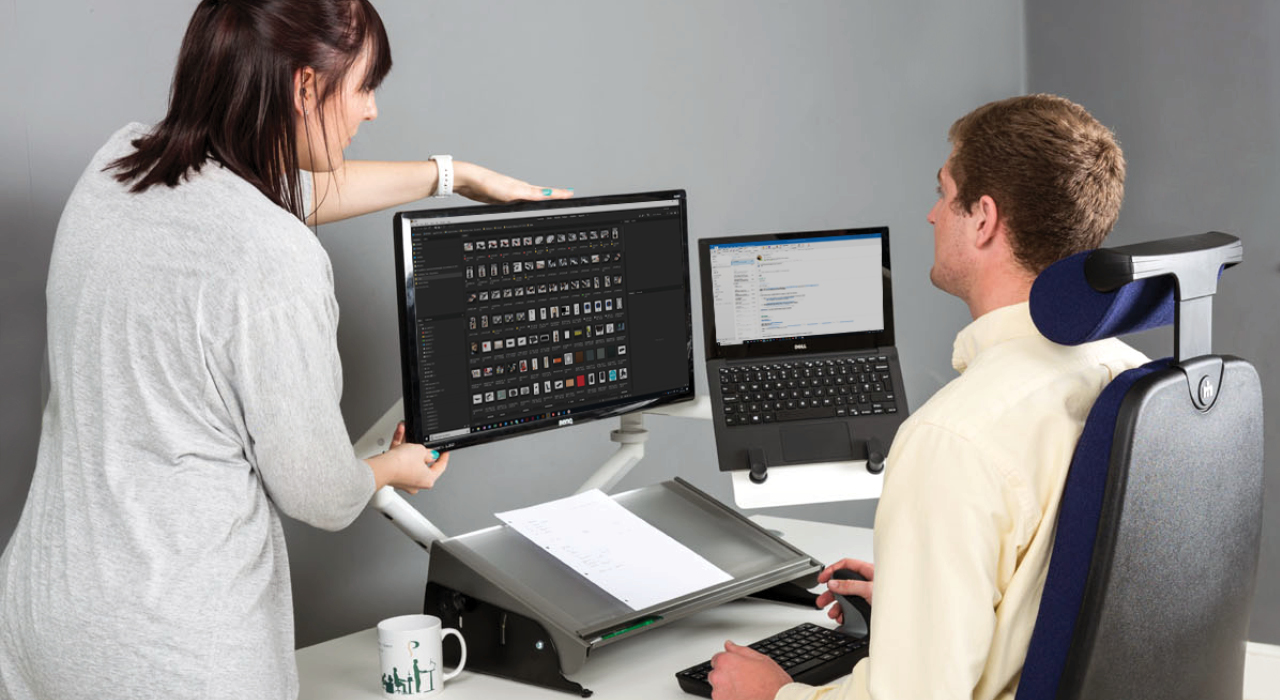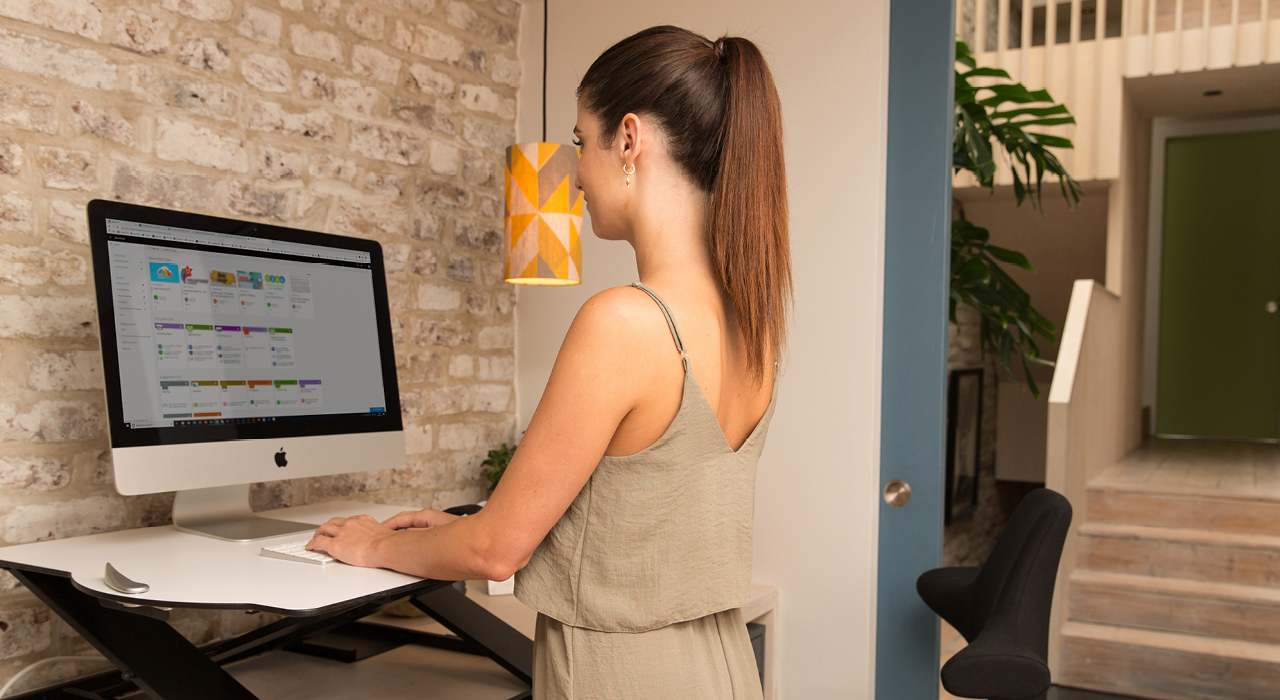Back pain can be caused and made worse by work - whether it involves continual heavy lifting, or sitting at a computer for most of the day. Here’s everything you need to know about reducing and managing back pain at work, both at the office and working from home.
Back pain can lower mood, mobility, self-esteem and a person’s ability to live and work normally. It is also one of the most common causes of sick leave in Britain, with sufferers taking an average of 17 days to recover from each episode.
The cost and prevalence of back pain is a problem employers need to tackle - not only because it’s a drain on business productivity, but because it is their legal duty to protect the people who work for them.
We’ve been committed to helping people manage and reduce the risk of back pain since 1991 by designing, sourcing and providing the best ergonomic products, services and advice available.
How to reduce work-related back pain
Reducing the risk of back pain at work is a case of educating yourself and your co-workers in workplace ergonomics, posture, and equipment.
Impact of back pain at work
Back pain is very common and comes in many different forms, from brief and mild, to severe and chronic (lasting three months or longer).
Some people with back pain find relief from sitting down; others need to keep moving to reduce symptoms. There is no one-size-fits all solution to back pain and everyone experiences it differently. This is why it’s important for employers to be understanding and listen to their staff as individuals.
Here are some ways back pain affects the UK economy:
2.5 million people in the UK suffer from back pain at any one time
31 million workdays are lost every year
Back pain costs the NHS £500 million a year
Non-NHS costs are thought to total £1.4 billion
Productivity loss is estimated at £3.8 billion
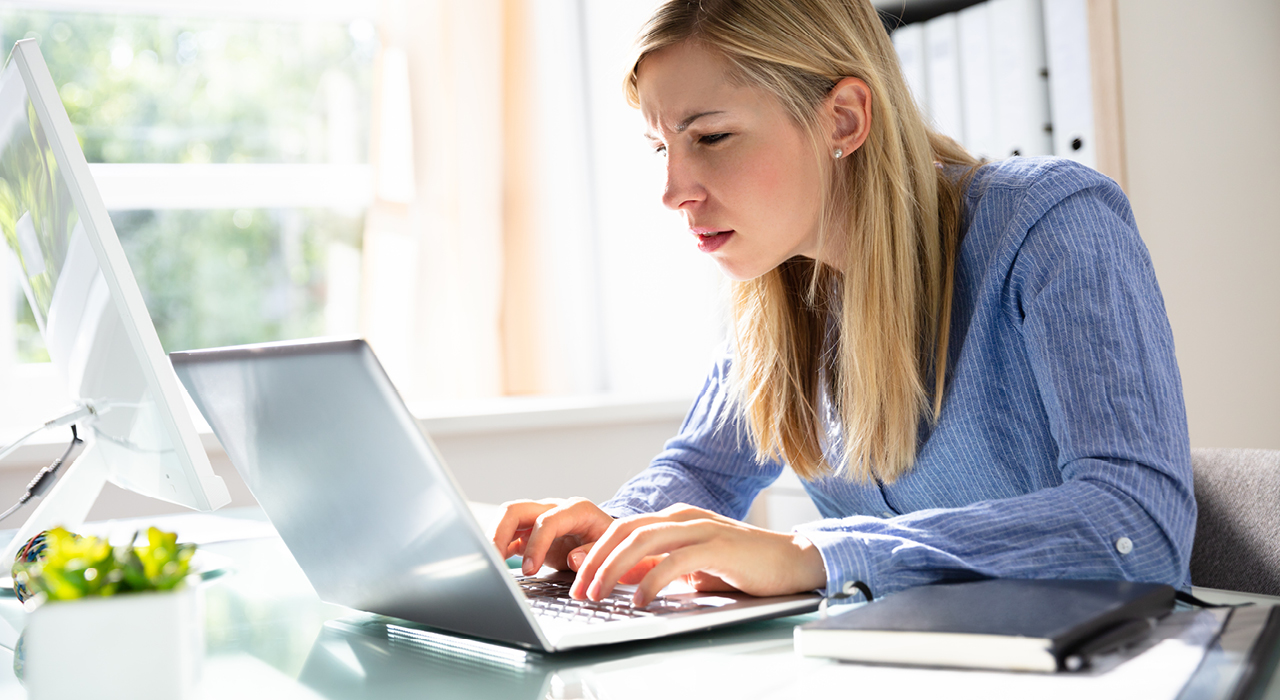
What causes back pain at work?
When something is ergonomic, it means that special attention has been given to the design to make sure it is the best possible fit for the user, the environment and the task. Back pain can arise from using products that are unsuitable for the user, or the task the user is trying to complete. It can also come from poor posture and small, repetitive movements that cause muscle fatigue and wear down the soft tissues in the body.
The most common causes of back pain at work include:
Inactivity
Heavy lifting
Twisting while lifting
Sudden movements
Falls
Poor posture
What is a good working posture and set-up?
Whether you’re working in an office with a full DSE-compliant workstation, or at home with a laptop, the rules for reducing the risk of back pain and other musculoskeletal disorders (MSDs) remain the same.
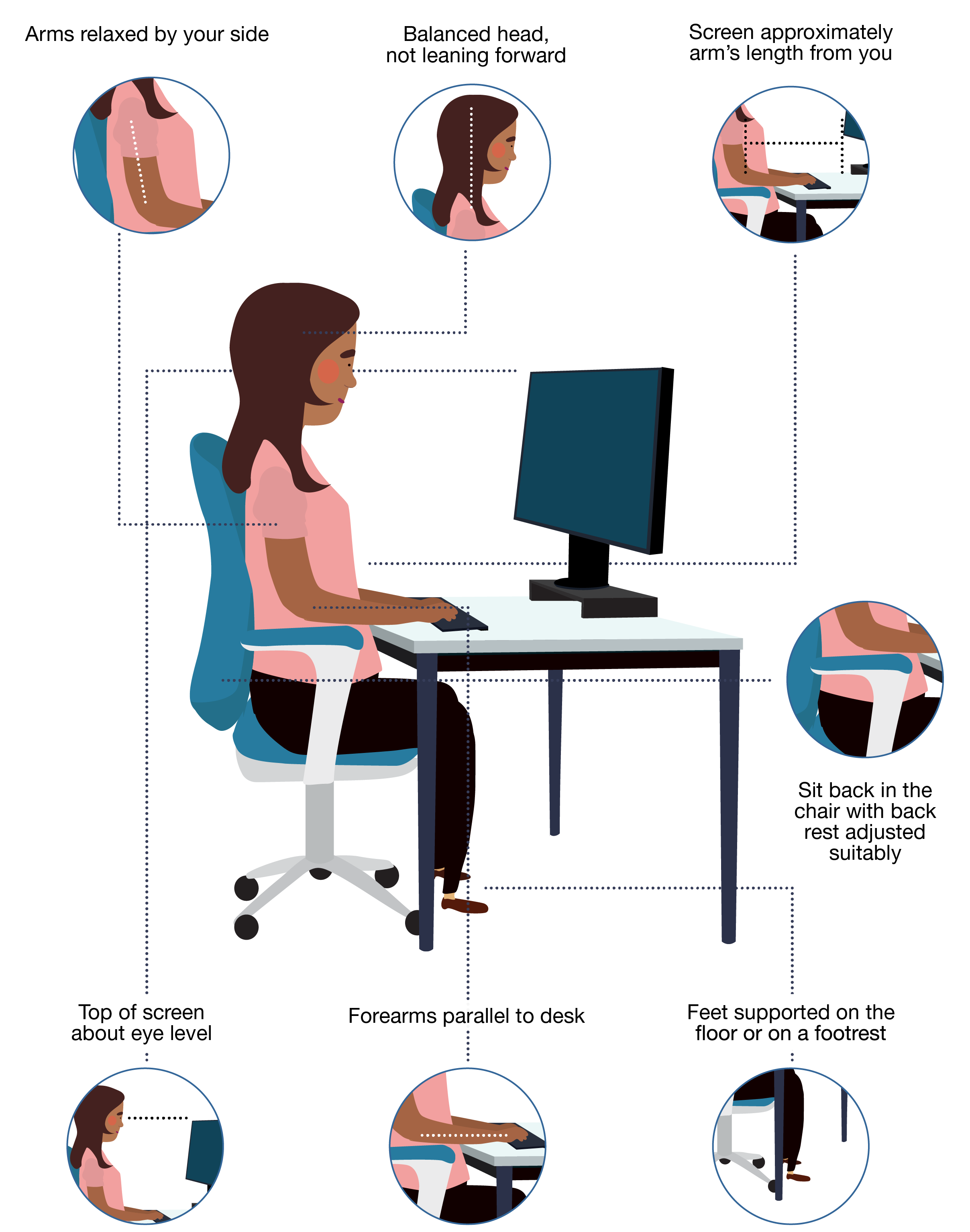
The importance of active working for back health
Keeping active strengthens supporting muscles to prevent injury, and it’s even thought to help heal back pain by increasing blood flow and nutrients to the soft tissue in the back.
Inactivity can also lead to back pain, as one NCBI-published study of sedentary university employees found.
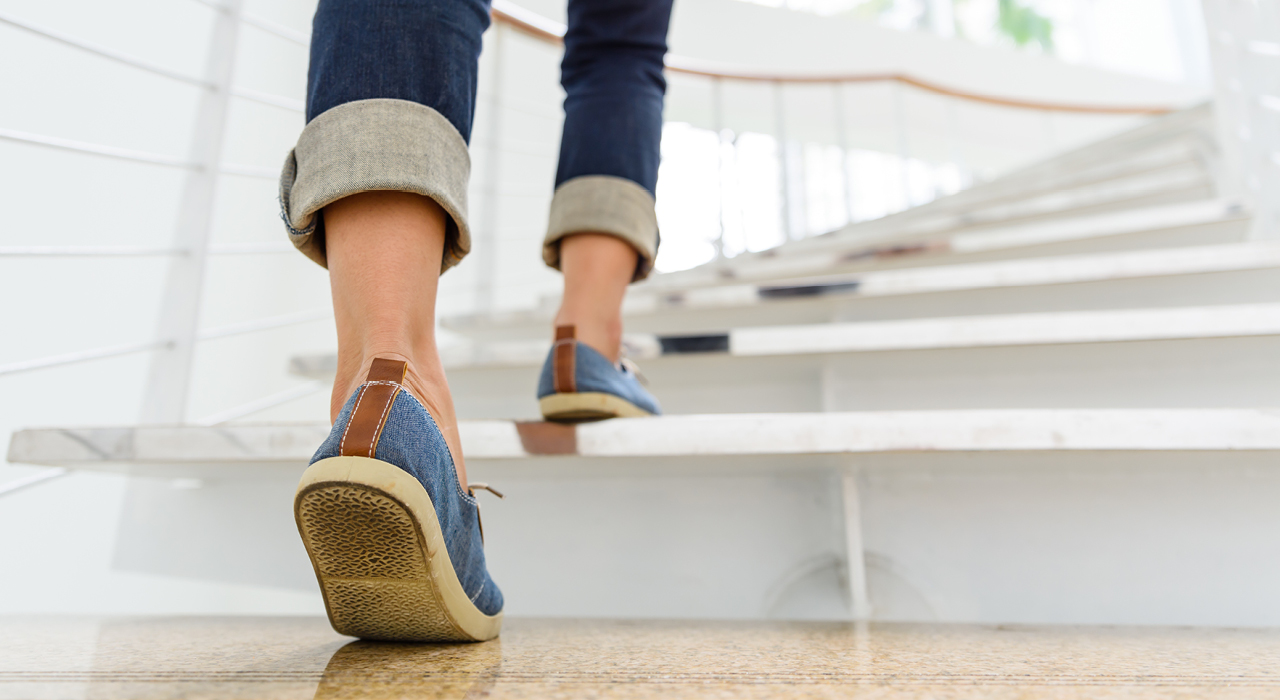
"Findings suggest that sedentary employees are exposed to increasing occupational hazards such as back pain and mental health issues. Strategies should aim to reduce sitting time with planned and feasible physical activity interventions to be incorporated into the workplace health promotion policy to help prevent back pain, back injuries, and mental health complications."
The Relationship Between Sedentary Behavior, Back Pain, and Psychosocial Correlates Among University Employees
How to be an active worker

Use a sit-stand desk

Regular stretching and moving breaks

Use a chair with a movement mechanism so you can rock while you sit

Walk, yoga, or sports on your lunch break
Want more information?
Our DSE experts are always on-hand to help you.
Contact us
To request more information or to seek 'no obligation' advice, please contact our experienced customer services team on +44 (0) 345 345 0010 or submit an enquiry.




